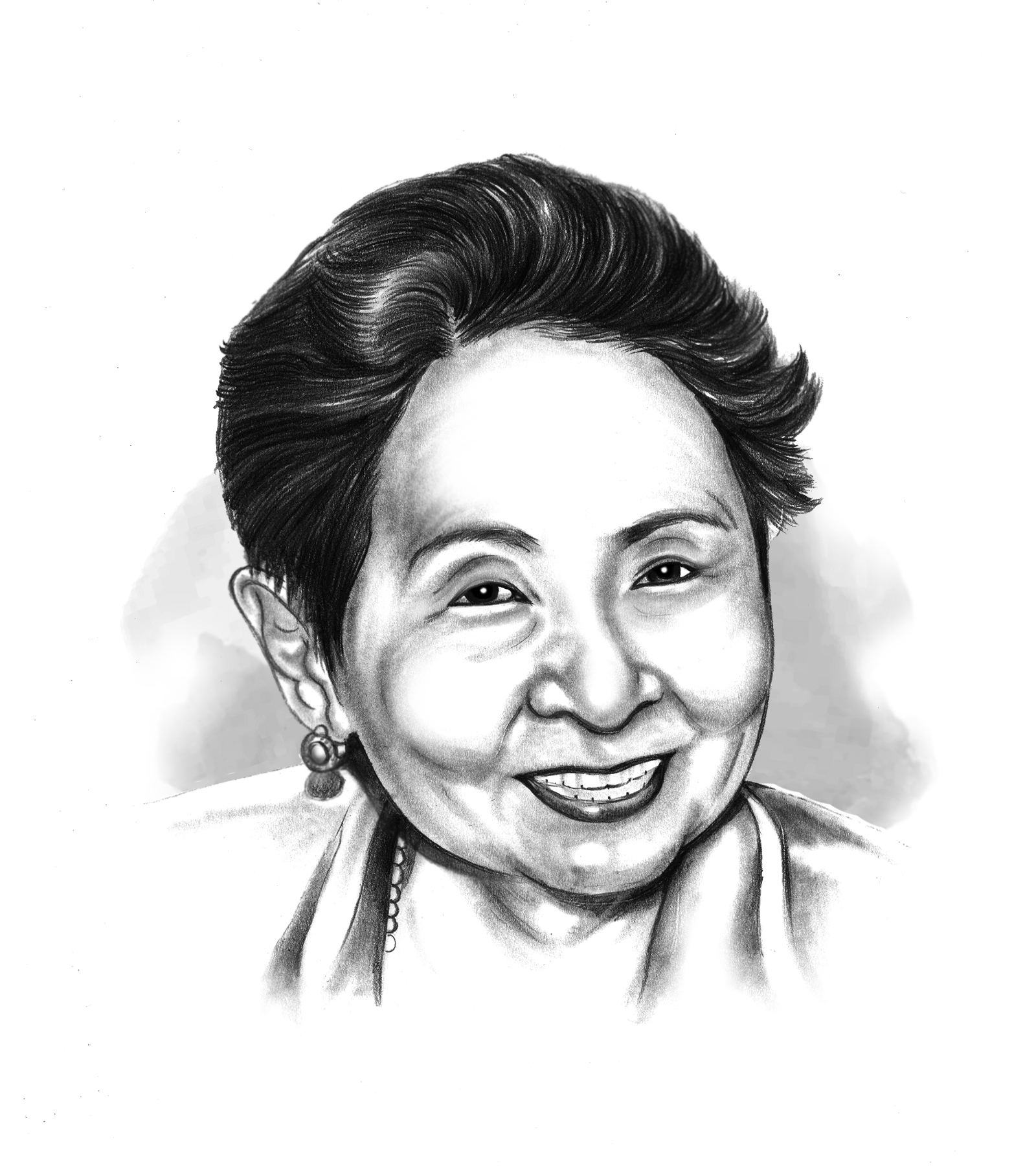PAGBABAGO

Three weeks from now, we will be launching a book, my autobiography, where I traced the early beginnings and influences that had shaped the direction of my personal and professional life. I used “we” because the book “Tagpo: Right place, right time” is a product of group collaboration – from the very start. For over five months, Team Tagpo: Right place, right time met on an online chat group where they discussed the requirements of the project, exchanged views on digital editing and production. In the chat room, we were guided by Guillermo (Ige) Ramos, our main book design and layout consultant and assisted by Edwardo Yap.
It was not an easy task. One can empathize with a nonagenarian like me who has a better recall of the distant over the recent past. Many a time I would get up in the middle of the night to write down a name, place or date. Because of some health issues, I even requested a colleague to finish the task should I not be around to do it.
But, here it is! A coffee table book with some 180 photos of consequential events in various climes and times as well as a timeline of the Asian Institute of Journalism and Communication of which I was co-founder 43 years ago. It traces highlights in my career and personal life, and displays as well some 50 of some 175 paintings that I had completed after four years of disciplined hours at my art workshop.
The book traces the early influences in my life – parents and teachers who had inculcated discipline and a sense of self-worth, friends from varied cultural backgrounds, an education at UP that introduced me to social activism, seven years as a high school teacher, immersion in stage and broadcast plays as writer, director and actor, four years in graduate school in Syracuse University and another four years of teaching and research at the University of Hawaii and the East-West Center. Then, after another two years in Sri Lanka as UNESCO adviser on the design of a communication strategy project on population communication, I finally returned to the country in 1977, after a decade of exposure to various cross-cultural experiences.
For the next 25 years, my life revolved around my family – a Scottish-Canadian husband, a son and a professional life as an advocate of communication in development through cooperatives, community media, media freedom, and sustainable development.
As I noted in the preface, there were several occasions when I found myself at the “right place and at the right time”— at the inception of a new project or innovation. I was present at the onset of development communication, educational radio and TV and distance learning. And in helping build new institutions.
My book ends with a “Summing UP” where I shared reflections of the future we face with its challenges and opportunities.
But let me share a colleague’s perception of some of the lessons learned. Connie Madarang who was one of the book editors (the other three are John Lent, professor emeritus at Temple University, Celia Acedo, faculty member at Silliman University, Ann Clemente Lopez, senior director of research, policy and advocacy at the Asian Institute of Journalism and Communication or AIJC):
• There is no limit to what one can do with a clear vision and a laser-like focus on one’s goals;
• In order to transform and ignite hope in others, one must live a life where there is no gap between one’s principles and practices;
• One can be an idealist and a realist at the same time, striving for ideals while also taking practical steps to achieve them and being flexible in adjusting to circumstances;
• Building a nation through peaceful and meaningful change is attainable with resolute courtesy, honesty, kindness and genuine love for humanity;
• Transformative development of a nation requires self-transformation, not only in equipping oneself with the proper expertise, knowledge or perspectives but also connecting with people;
• One’s influence becomes one’s great strength when one is driven by purposes higher than oneself;
• When we have a clear vision of our goals, we will always be alert to recognize opportunities, to seize the moment without fear, taking the road less traveled if need be.
• Some things don’t happen, not because they are not right but because it is not yet the right time;
• Art can be a venue for communication as it is a universal language without the limitation of language and grammar.
In addition to the above, the author expresses her gratitude to the other members of Tagpo team – Olive M. Villafuerte, AIJC president and project coordinator, Therese San Diego Torres, director of AIJC research, policy and advocacy, Loregene Macapugay, program director, AIJC research, policy and advocacy, Redmond Jae Flores, and of course, Mel Velasco Velarde, AIJC Chair, Board of Trustees.